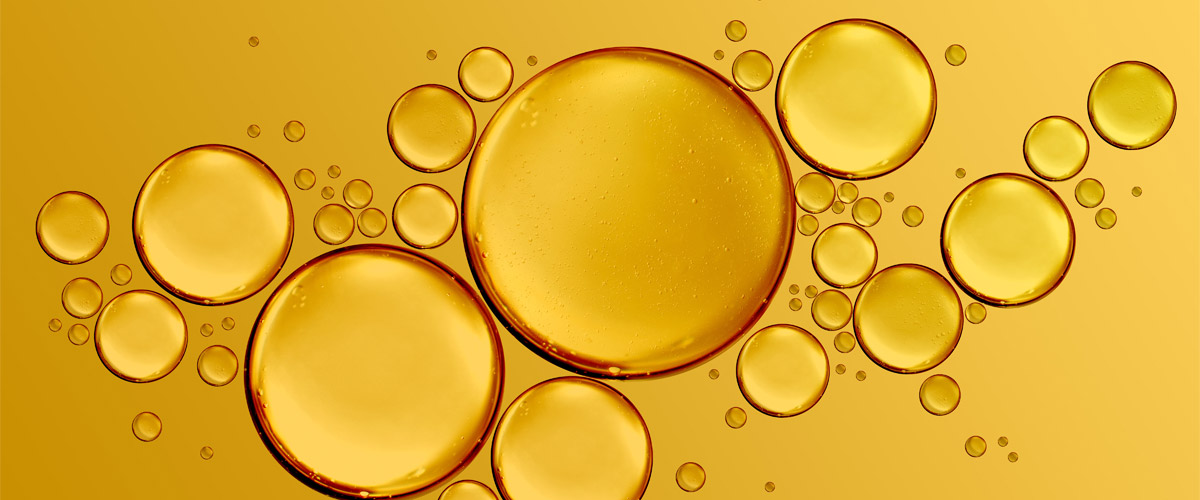To say Linoleic Acid is an important component of the skin’s protective barrier, while true, is too simplistic. In order to understand the role of Linoleic Acid, we need to first understand a bit about the structure of the skin. At the cellular level, the skin is often described by a bricks and mortar model, where the bricks are cells, and the mortar is the fluid that fills the spaces between them. That’s all well and good, but since we’re talking about the outermost layer, the stratum corneum, let’s elevate this analogy up to roof level.
Imagine the tiles on your roof are the components of the skin barrier, (ceramides, cholesterol, free fatty acids, phospholipids; all that good stuff). When the tiles slot together neatly, without any gaps, you’ve got a properly functioning, leak-free barrier. If there are gaps or missing tiles, the roof will leak, and you’ll end up with dry skin.
Of course, using all the same shape and size tiles works best on roofs, but that would be too easy. Your skin likes a challenge, so it constructs your skin barrier out of a variety of different sized and shaped tiles that all fit neatly together, much like the pattern of a Moroccan mosaic.
The problem with this approach to tiling is that if one of the tiles runs out, the pattern breaks down, and you end up with gaps. Take eczema, for example. People with eczema typically lose water much faster through the skin barrier, resulting in dry skin that’s prone to irritation. This is caused by low ceramide levels in the skin2. That’s like having a permanent shortage of red tiles (in the image above)—you’ve still got most of the design intact, but nothing can quite replace that red tile.
So getting back to Safflower Oil and Linoleic Acid. Linoleic Acid is used to make ceramide 1 linoleate, one of the main tiles in the mosaic (let’s say that’s the green hexagonal tile). Studies have shown that levels of linoleate in the skin drop significantly during the winter, as well as later in life3. It seems the guy responsible for manufacturing green tiles has a stock shortage every winter, which is why so many of us experience dry skin as a result. The good news is that moisturisers containing linoleic acid (e.g. safflower oil) are able to help replenish levels of ceramide 1 linoleate, and help restore skin barrier function by replacing those missing tiles4.
The skin barrier is a complex mixture of components, each playing a specific role in the intricate and elegant mosaic that is your body’s first line of defence. Safflower Oil is a great source of linoleic acid, a key component in that barrier, that works in synergy with the skin to help lubricate skin and minimise moisture loss and dryness.


